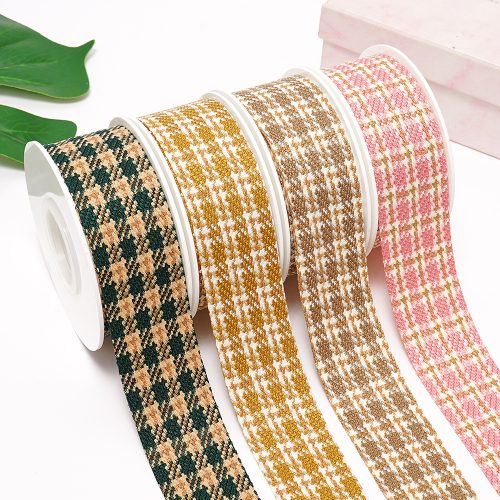The future trends in nylon webbing technology are likely to focus on enhancing performance, sustainability, customization, and integration with emerging technologies. Here are some potential trends to watch for:
- Sustainability and Eco-Friendly Materials:
- As environmental concerns grow, the use of recycled nylon and other sustainable materials in webbing production is likely to increase. Manufacturers may also explore bio-based alternatives to traditional nylon.
- Smart and Connected Webbing:
- Integrating technology into nylon webbing could allow for features like embedded sensors to monitor vital signs or load distribution in medical or safety applications. This could revolutionize patient care and safety.
- Advanced Weaving Techniques:
- Advancements in weaving technology may lead to more complex patterns that enhance both strength and flexibility, making nylon webbing even more versatile.
- Nanotechnology Applications:
- Incorporating nanomaterials into nylon webbing could enhance its properties, such as increasing strength, abrasion resistance, and even making it self-cleaning.
- Color-Changing Properties:
- Research into color-changing nylon webbing could yield materials that respond to temperature changes, allowing for visual indication of potential issues like overheating.
- Personalized and Customizable Solutions:
- Webbing manufacturers may offer more options for customization, allowing consumers to choose patterns, colors, and even add personal graphics or logos.
- Biomechanics and Medical Innovation:
- Advancements in materials science could lead to webbing that adapts to the body’s movements, providing more comfortable and effective orthopedic supports or physical therapy aids.
- Lightweight and High-Strength Variants:
- Ongoing research and development could result in nylon webbing with even higher tensile strength and reduced weight, making it suitable for a wider range of applications.
- Antimicrobial Properties:
- Incorporating antimicrobial agents into nylon webbing could make it more hygienic and suitable for medical, sports, and outdoor applications.
- AI and Design Optimization:
- AI-powered design and manufacturing processes could optimize webbing structures for specific applications, maximizing strength and durability while minimizing waste.
- Haptic Feedback and Wearable Tech:
- Nylon webbing with embedded sensors could be used in wearable devices to provide haptic feedback, enhancing user interaction and accessibility.
- Advanced Coating and Treatment:
- Coatings that enhance water repellency, UV resistance, or other functional properties could become more sophisticated, extending the lifespan and usability of nylon webbing.
These trends reflect the ongoing drive to innovate and create nylon webbing solutions that are safer, more functional, environmentally responsible, and adaptable to the evolving needs of various industries, from outdoor recreation to healthcare and beyond.


